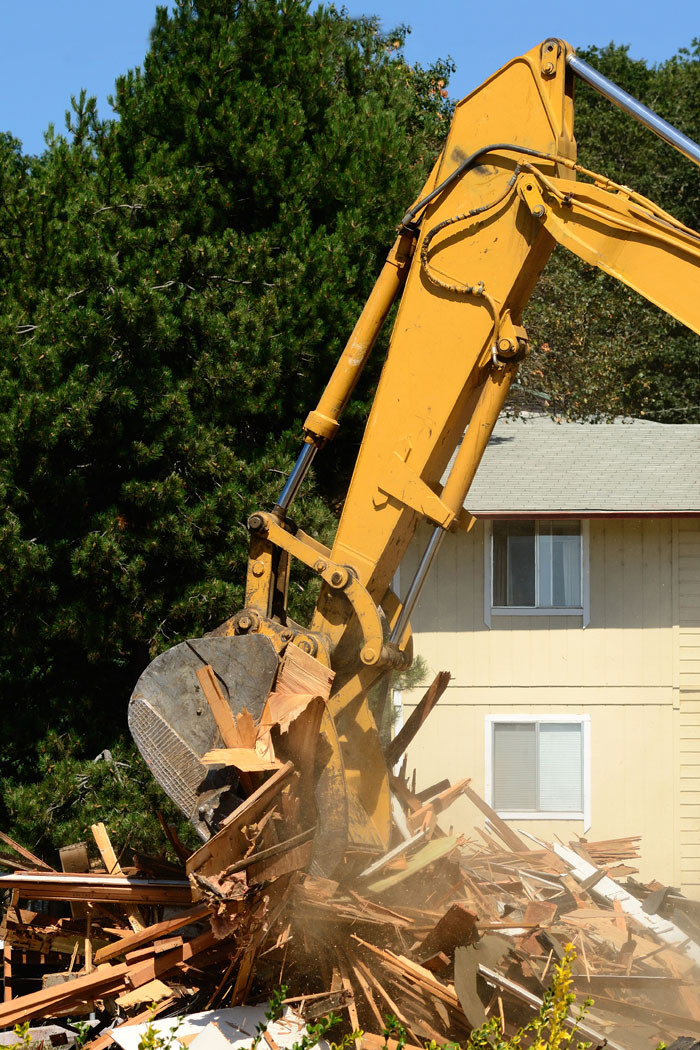After the Fire: A Recovery Guide – Debris Removal

One of the most heartbreaking chores following a house fire is the cleanup. It’s what is called “debris removal” in the industry. Only, when it’s your house that’s lost, the “debris” isn’t some junk. It’s personal.
Sonoma County and the Governor’s Office of Emergency Services (Cal-OES) have a program in place to help wildland fire victims with clean up.
The Cal-OES program is it is free to the property owner. The only requirement is that the property owner fill out a Debris Removal Right-of-Entry Permit.
The program is available whether or not you have insurance.
If you do have insurance, you’ll be asked to assign whatever debris removal benefits your policy provides to Sonoma County. That helps reimburse the State for program costs.
If you don’t have insurance, no worries. The program will still help you with your clean up.
The Cal-OES program has two phases. The first phase is a hazardous waste sweep, whose purpose is to identify imminent health risks. Cal-OES is already in the process of conducting that sweep, with assistance from the California Department of Toxic Substance Control.
Phase two is actual ash and debris removal. The Cal-OES program provides licensed contractors whose job is to remove fire debris, including building foundations, right down to the clean dirt. Once the work is complete, property owners get a certificate stating the ground is clean, which can be invaluable in the event of a future sale.
The state takes responsibility for safely removing and disposing of fire debris, including hazardous materials such as asbestos.
The average cost of post-fire cleanup at a house site is around $50,000, making the Cal-OES program a potential lifesaver for property owners.
To understand why the Cal-OES debris removal program is a huge benefit for the community, you need to understand how debris removal in insurance policies work.
Typically, a homeowner policy covering fire losses will provide debris removal as a percentage (usually 5%, 10% or 15%)of either the dwelling limit (known as “Coverage A”), or the actual damage amounts if it is not a single, set limit. So, for example, if your dwelling replacement limit is $100,000 and debris removal benefits are 10% of that amount, then the most you can receive for debris removal is $10,000. Likewise, if the set limit is $10,000, then that is the max.
The debris removal benefits available under a homeowner policy are usually not enough to cover all your expenses in the event of a total loss, which might seem strange, but that’s the way most policies are sold.
That means, even though the property owner is responsible for clearing debris from their land after a fire, if insurance doesn’t cover the cost, or if there is no insurance at all, then the risk that hazardous waste will be disposed of improperly, or not at all,
becomes very real.
Programs like the Sonoma/Cal-OES debris removal program only become available when there is a community-wide disaster. Since the program will work best if everyone participates, it is important to spread the word.
Whether you take advantage of the Cal-OES debris removal or not, here are a few simple tips:
- Take plenty of photographs of your burned property before debris removal starts. It will help you document your loss later on.
- If there are special items you are searching for in the debris (jewelry, mementos, etc), take care in the search. Fire debris can contain materials that are harmful to your health. The Cal-OES program has a process in place where contractors can help you with your search.
- It is good practice to ask your insurance company for confirmation in writing that they have inspected your property before debris removal operations begin. This can help avoid problems with the carrier claiming you did not give them a chance to do their own investigation.
Share this resource
Schedule a free consultation
Find the answers and financial compensation you need to recover.